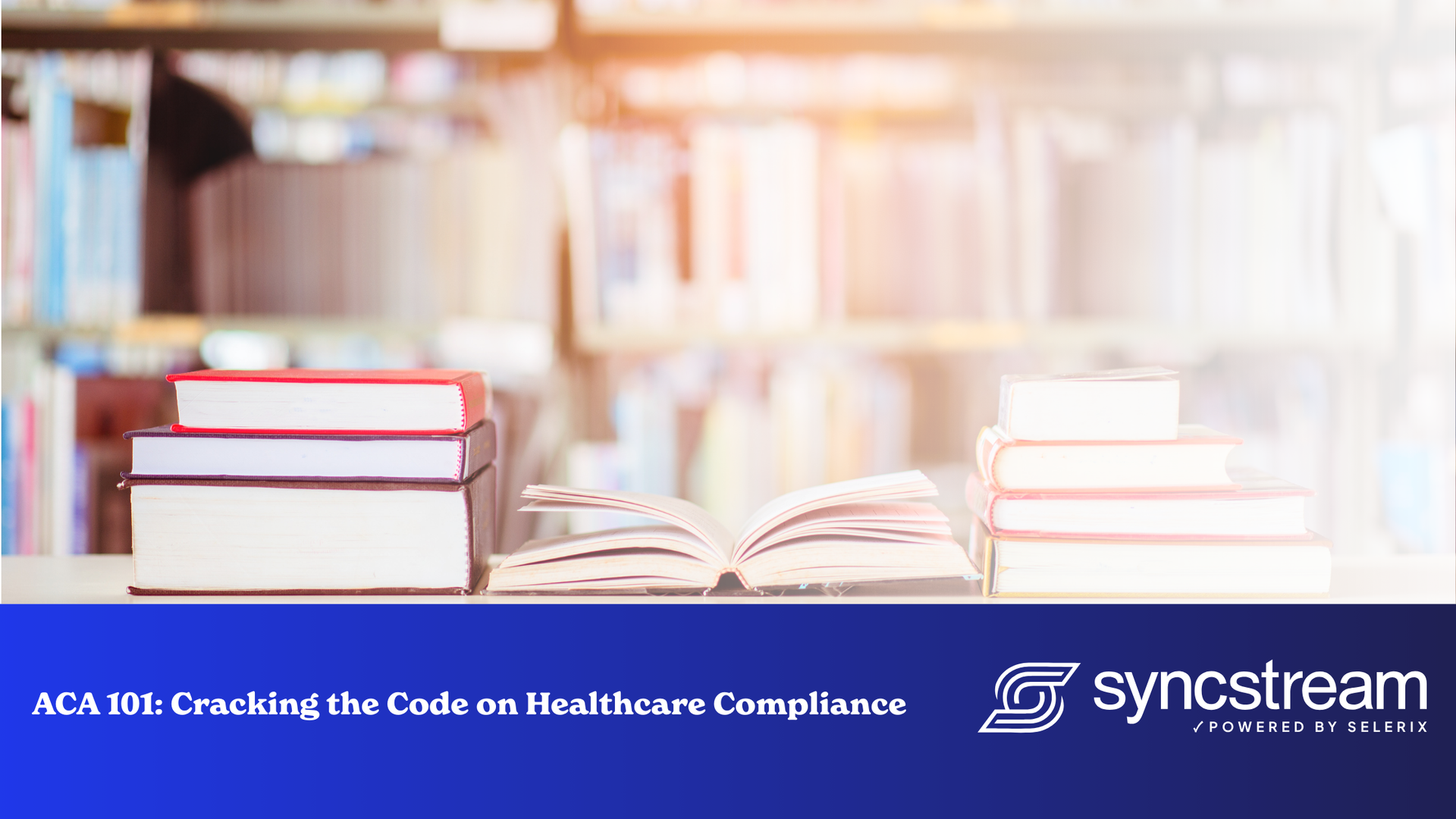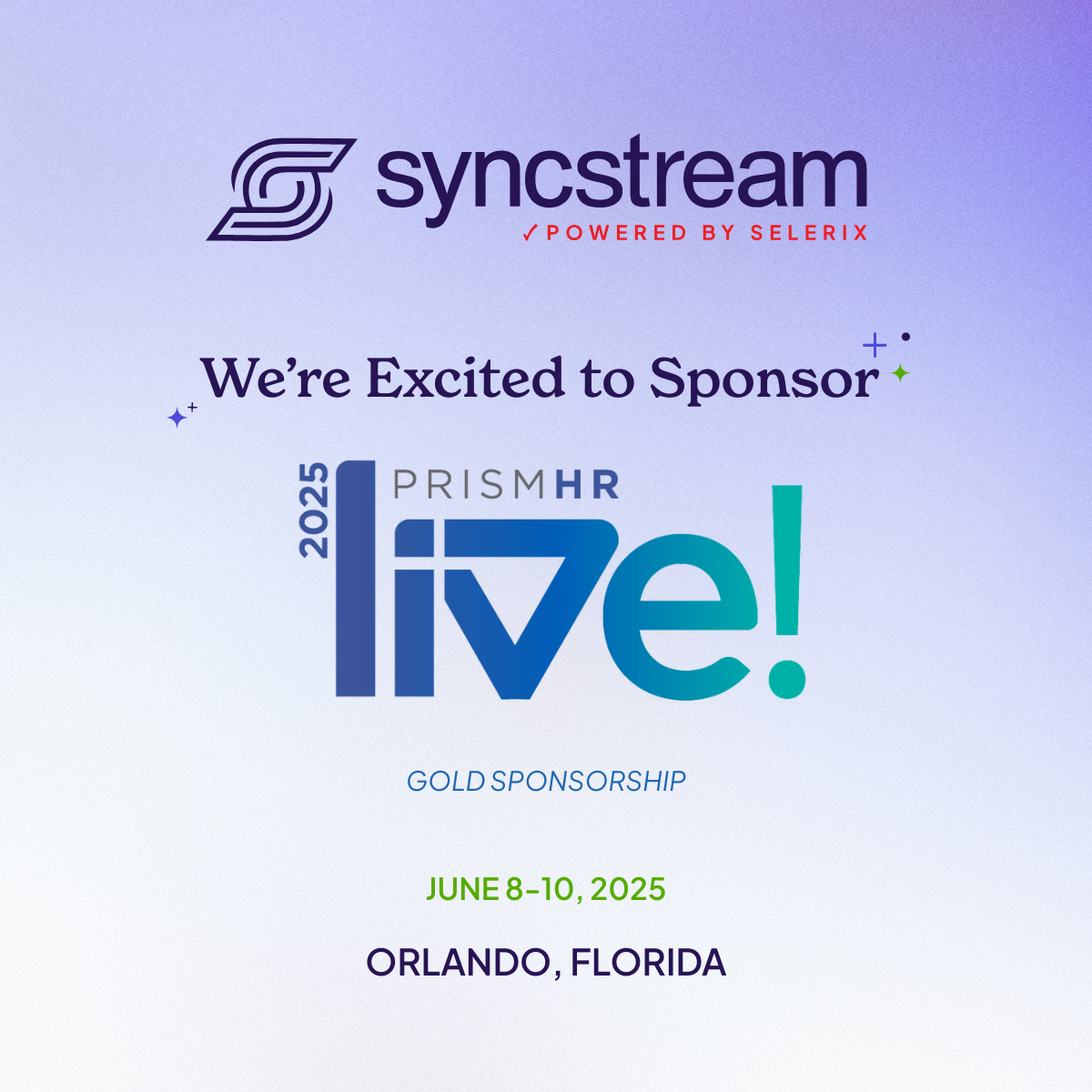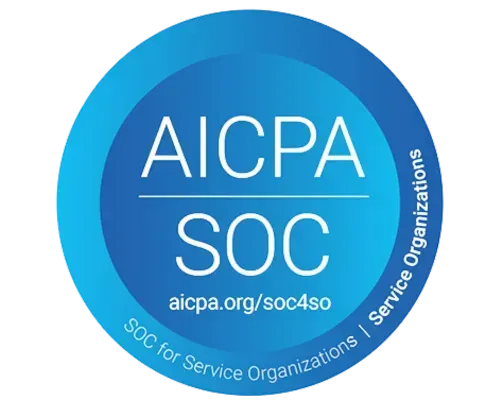ACA Reporting: Everything You Need to Know About ACA E-filing and Correction Process for ALEs
Everything You Need to Know About ACA E-filing and Correction Process for ALEs

- There are multiple interpretations of the code combinations, and after some thought, you have decided to change a few forms.
- Your employees may have received their 1095s and would like you to update their names as they have just married .
90-day Timeframe to E-file
For businesses new to the ACA process, it's essential to understand the timeline and regulations for distributing and correcting 1095c forms. Initially, the deadlines allowed for 31 days between the end of the year and the deadline for distributing forms to employees, followed by 59 days for correcting forms before the e-file deadline. This timeline was set because the individual mandate still had financial penalties, and employees needed the forms to prepare and submit their individual tax returns.
However, when the individual mandate penalty was reduced to $0.00, employers could petition for more time to prepare their forms accurately. The ACA reporting process is not as simple as entering annual amounts on a W-2 form. Multiple calculations, benefit offers, elections, waivers, and life events need to be considered. The most time-consuming part is interpreting the situation and applying the correct combination of codes. Just as payroll leads to the W-2, monthly HR activities lead to the 1095c. Employers shouldn’t procrastinate until the end of the year to start populating forms; instead, they should complete this process monthly.
Recently,
the IRS permanently extended the distribution deadline to March 2nd each year, giving employers 62 days to prepare and make initial corrections before the first deadline. Keeping timestamps and notes regarding corrections is essential, as they may be valuable when responding to an IRS notice. Categorizing corrections before distribution is also recommended, with a preference for pre-distribution corrections.
While some employers may be quick to move straight into the e-filing process, allowing employees to receive and review the forms for any corrections they may see is essential. Employees are more likely to review and provide revisions to the employer if needed, with the name or SSN verification being the most common. However, employees may also question the accuracy of benefits offered, waived, or elected, prompting a second look over the coding of the form. Employers who provide their employees with the ACA process and timeframe result in the most accurate records.
Employers should use the time provided to audit their forms, especially since accuracy is an enforceable penalty. Pre-e-filing categorization of corrections can ensure that any necessary changes are made before submitting the forms to the IRS.
Penalties start April 1-30, 2023, costing employers $50.00 for every form submitted during this period. After August 1, 2023, submissions to the IRS will receive the maximum penalty of $290.00/form.
Understanding the ACA process and regulations is crucial for employers to ensure compliance and avoid penalties for inaccurate reporting.
IRS Authorized Electronic Filer
For the 2022 reporting year, Applicable Large Employers (ALEs) with 250 or more forms must file their Affordable Care Act (ACA) forms electronically. This threshold will be lowered in 2024, meaning that almost all employers must file electronically. In order to meet this requirement, an employer must obtain a Transmitter Control Code (TCC) from the ACA Information Returns (AIR) program through a rigorous certification process, which consists of three main steps.
The three main steps are:
1. Register for IRS e-Services Tools and complete the ACA application for Transmitter Control Code (TCC).
2. Pass all testing scenarios.
3. Submission of Returns until an acceptance or acceptance with errors along with receipt ID is provided by AIR.
Obtaining a TCC is a complex process. The average ALE typically purchases a third-party software service to maintain certification and stay current on all changes made throughout the year.
The TCC must be renewed annually, which requires developers, employers, insurance carriers, government agencies, or third-party services to provide all necessary documentation and complete testing to demonstrate that all updates have been implemented and are functional. Maintaining a TCC requires a deep understanding of code and script, and the application process takes time. To help those seeking a TCC, essential resources and tutorials have been provided to give a more realistic timeframe for this involved process.
Responses for ACA Information Return
After submitting your forms electronically, Applicable Large Employers (ALEs) should expect to receive a Receipt ID from the IRS confirming the submission. Depending on the situation, you may receive one of the following responses:
Accepted: The IRS has successfully processed and accepted the forms.
Rejected: The IRS has rejected the forms as they could not be processed successfully. You should check your TIN and employer name, ensure that the number of records submitted matches what is on the 1094 form, and confirm that the 1094c is completed with the necessary information.
Partially Accepted: The IRS has successfully processed the forms but rejected one or more submissions contained in the transmission. You should correct the rejected forms and return them by the deadline of March 31st.
Accepted with Errors: The IRS has successfully processed and accepted the forms, but with some errors. All errored forms must be corrected and returned to the IRS and the employee within the deadline. An XML Error Data file or MTOM encoded attachment contains the details.
ALEs should aim for an “Accepted” status, but it’s common for the IRS to identify errors on the 1095 or 1094 forms requiring corrections. Corrections made after receiving a response from the IRS should be categorized as “Post e-file” corrections. I strongly suggest employers obtain copies of electronic records within each submission and the Receipt ID for the transmission they filed. Here’s an example of an actual IRS response vs. one you may be familiar with using a 3rd party solution such as SyncStream Solutions:

Example: Accepted - Your transmission was accepted on MM/DD/YYYY, and the receipt ID is XXXX-XXXXX-XXXXX.
Conclusion
Employers should give ACA reporting their attention all year, not just January through March. To stay in compliance with ACA reporting, ALEs must prioritize accuracy and timeliness. It's essential to start preparing for the following year's reporting as soon as possible. Waiting until the last minute to prepare can lead to costly mistakes and penalties.
Are you confident in the accuracy of your current and past year’s ACA reporting? SyncStream removes the burden of ACA compliance and reduces your company’s risk of high IRS fines and penalties. Subject matter experts utilize SyncStream’s user-friendly compliance software to track employee hours, auto-populate forms, audit forms, and e-file for thousands of ALEs.
SyncStream can help simplify the process with their Full Service Total ACA solution, which includes tracking employee hours, auto-populating forms, auditing forms, and e-filing for thousands of ALEs. Don't risk high IRS fines and penalties; trust SyncStream to handle your ACA compliance needs.
Resources





